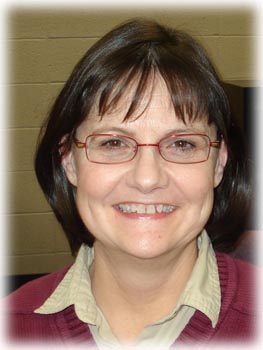PACE Global Haiku • January 2009 |
Unmatched Chairs haiku by Before taking the Spring 2009 PACE Global Haiku class, I had only a passing knowledge of what a haiku is. I was pleasantly surprised to discover the strict 3 verses with a 5-7-5 syllable pattern had long since evolved into many different rhythms and forms. It was interesting seeing that the beginning of the evolution had its roots in the 17th Century writings of a Japanese haiku poet, Matsuo Basho. Gratefully, Matsuo also helped the topics of everyday man and his emotions be considered acceptable for haiku. This allowed people from all over the world to be able to write haiku from the perspective of their vistas and their societies. The professor, Dr. Randy Brooks, brought explanations and enthusiasm for the craft to all the students including myself. He encouraged each of us to look for all the levels of meaning by slowly read the works of established poets as well as fellow classmates. Dr. Brooks gave us the confidence to write without fear of being wrong. My classmates were equally supportive and positive in their comments to one another. To assemble the work, I first put together every haiku I had written over the several weeks of class. Reading through all of them several times, I made changes to the ones that were too wordy, gave too much away or felt awkward. Now with the corrected versions, I read through again, looking carefully at each to see if I liked what it said, the meaning it emitted and the emotional aura. At this point I rejected the haiku that did not feel right. I have put together this collection of what I consider to be the best haiku from the assignments given. The haiku have been placed in an order that suggests the flow of my life. The title, “Unmatched Chairs” is from my haiku: unmatched chairs which means to me that we do not all have to be alike in order to be part of a group. It also implies that no one is turned away, in that when an unexpected person shows up, a chair is scrounged from another room and pulled into the group to make them welcome. We should all be welcoming to one another. |
mom irons |
tying the strings |
crockery jar… |
unmatched chairs |
snow fall |
wrinkled fingers |
broom leaning |
as our feet push |
tag dangles |
faded wagon |
power bill |
a patch on the elbow |
following footprints |
|
drop on the end |
© 2009, Randy Brooks • Millikin University
All rights returned to authors upon publication.
